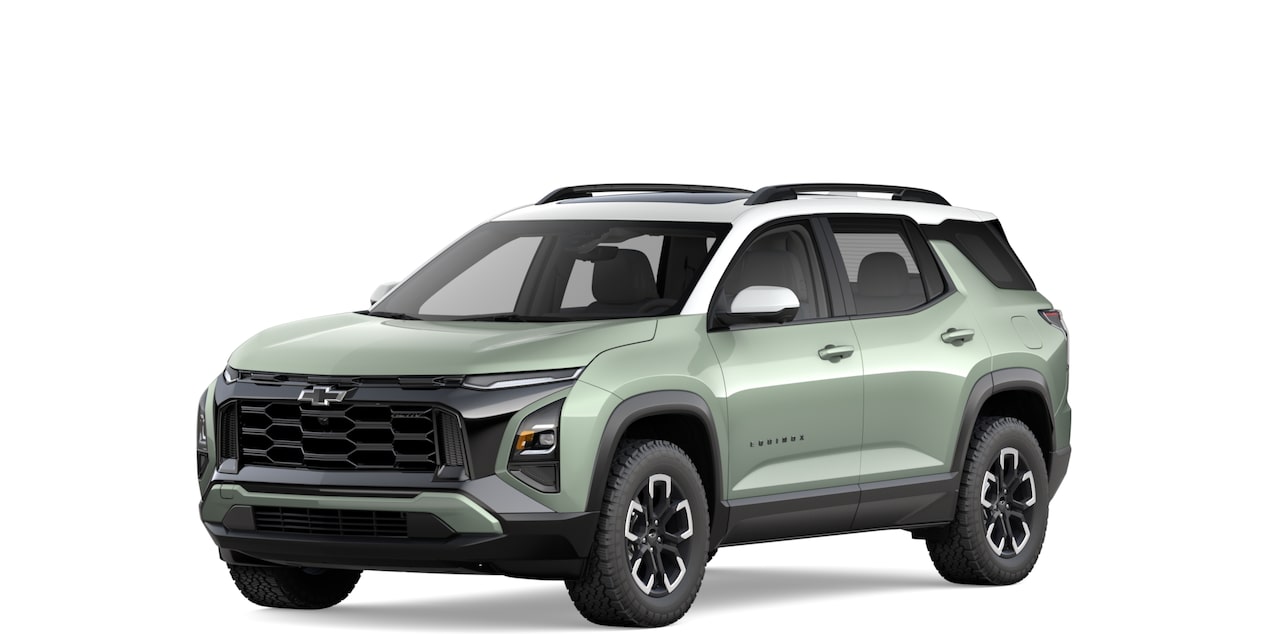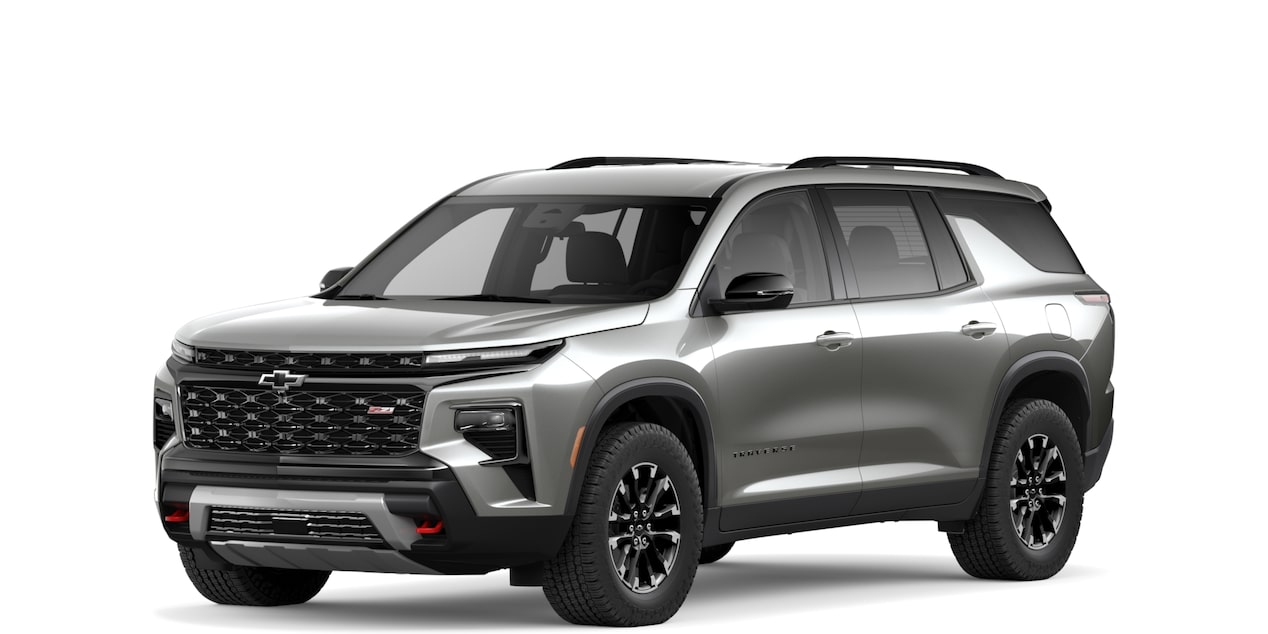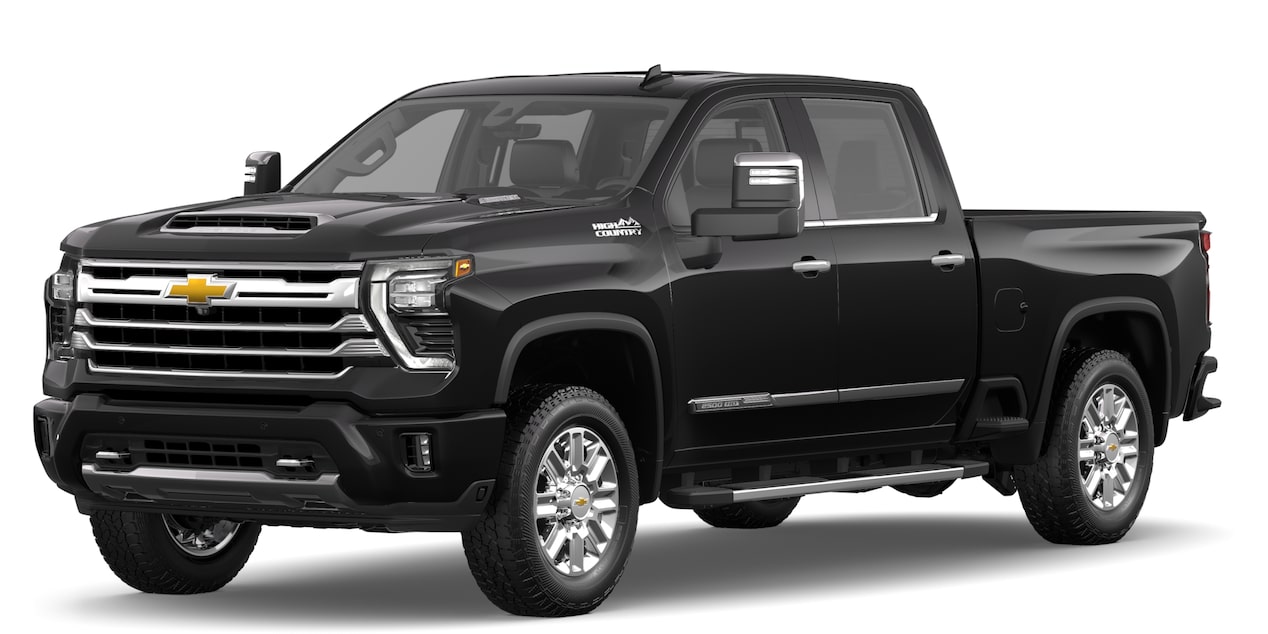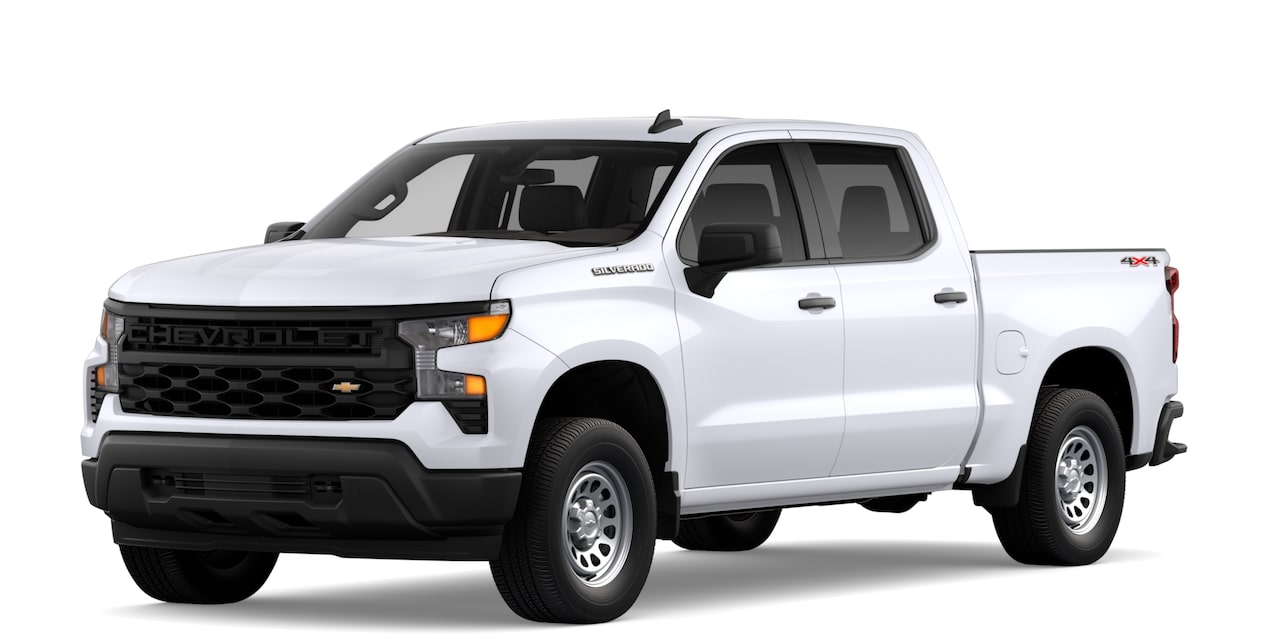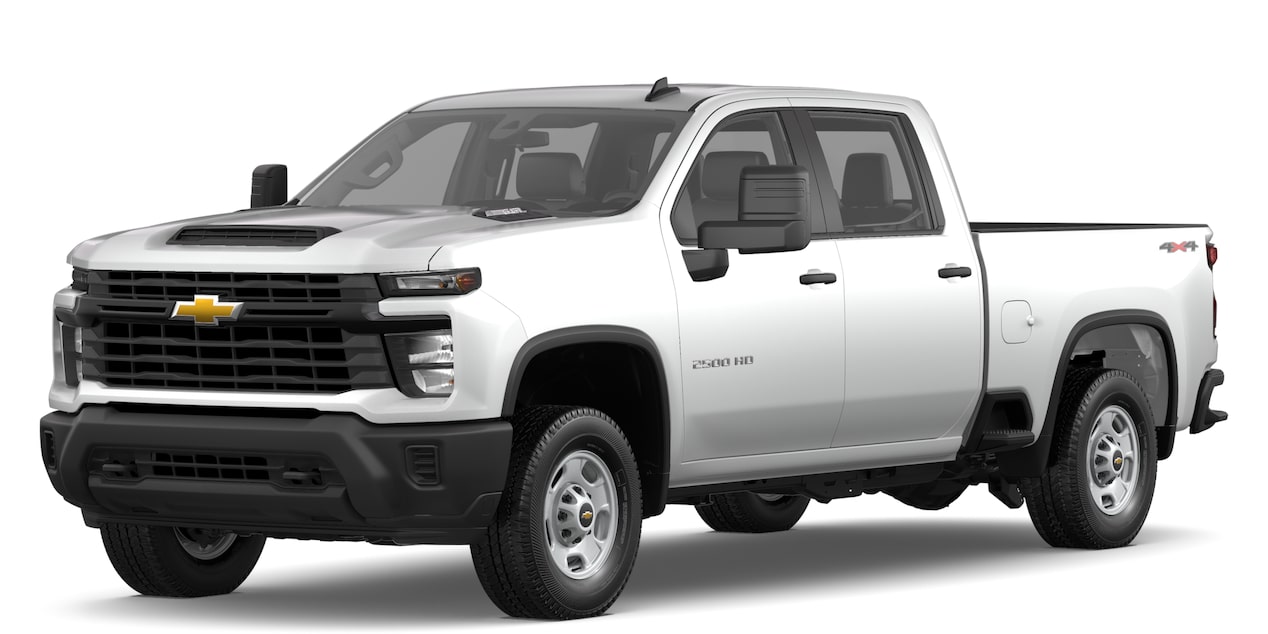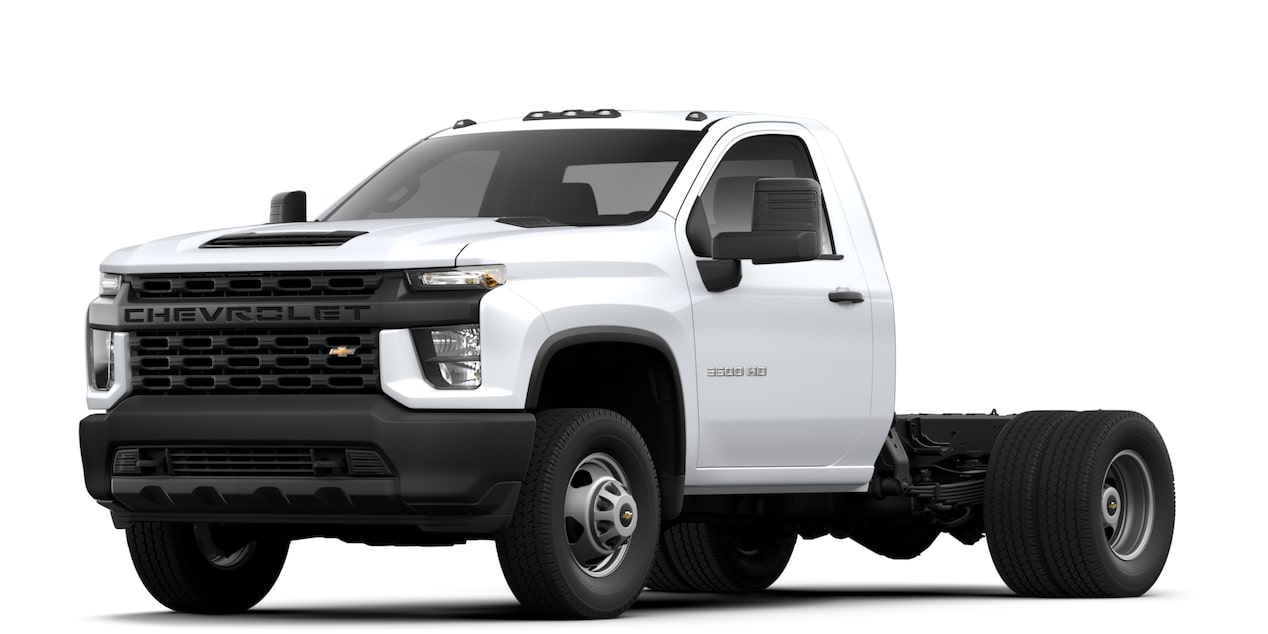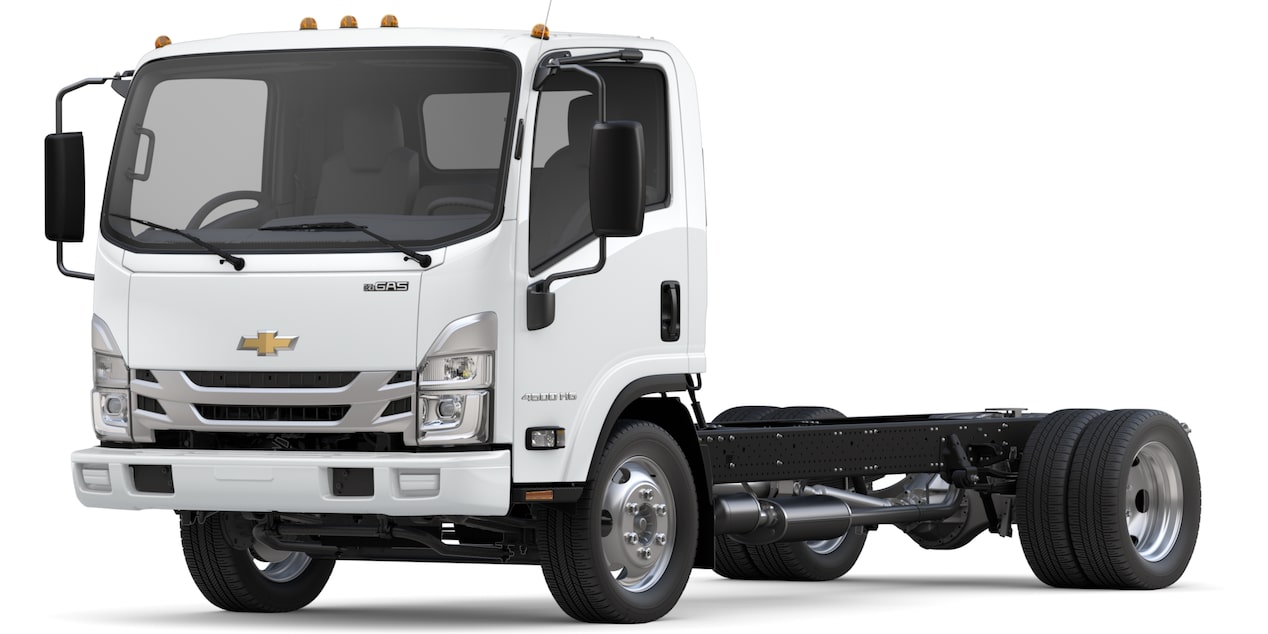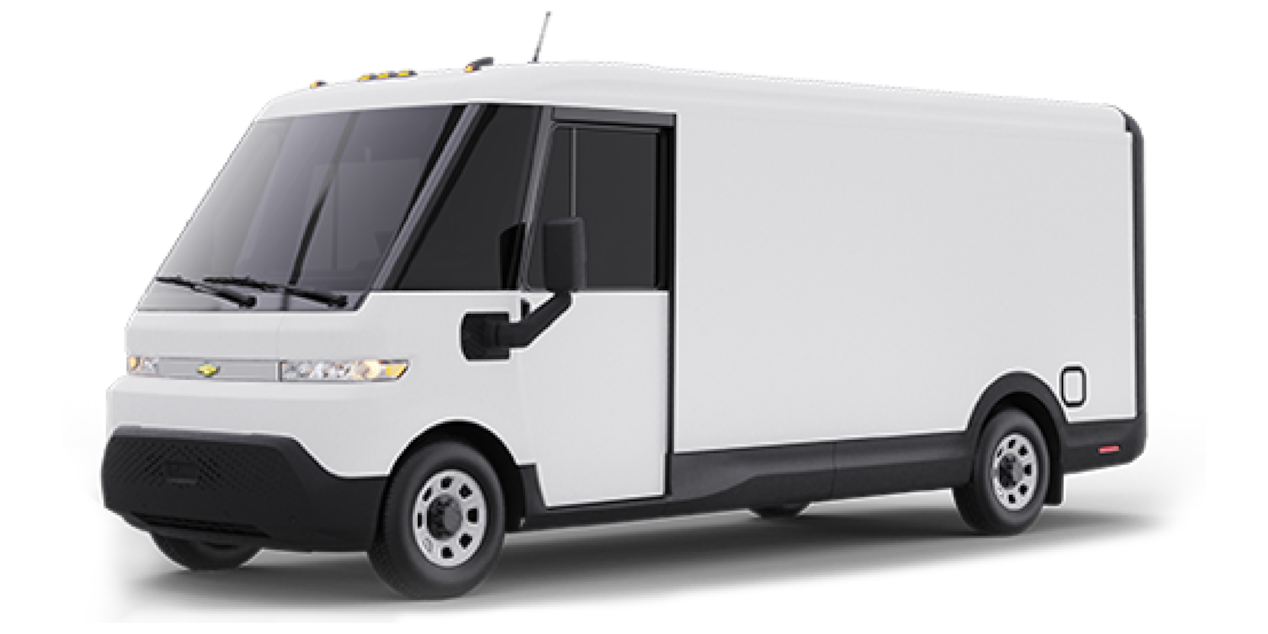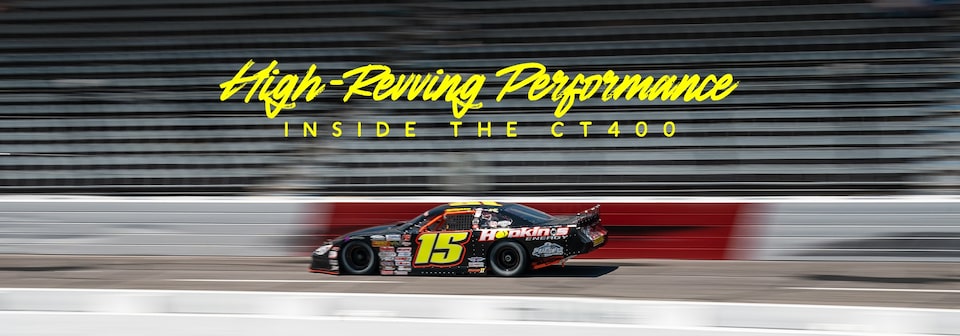
Published 3/8/24
Inside the GM Charlotte Technical Center
WORDS: DAN HODGDON
PHOTOS: LUCAS PRIAMO and NATE LIGHT
Share on
Share on
Visit us at
Visit us at
The GM Charlotte Technical Center is a state-of-the-art facility utilizing the latest engineering techniques, simulation technology and software. They all support the company’s ultra-successful racing interests across a broad range of disciplines.
Yet throughout the building, it’s the people who are mentioned time and again as the center’s most valuable resource.
Recently, our team at The BLOCK got an inside look at all that goes on at the purpose-built facility.

The staff at the facility is involved with preparing all elements of race cars.
The GM Charlotte Technical Center broke ground in June 2021 and officially opened its doors in October 2022. It sits next to the Hendrick Motorsports campus in Concord, North Carolina; the Chevrolet-powered Hendrick team has won 14 NASCAR Cup Series championships. In addition, the GM facility is just down the road from Charlotte Motor Speedway.
NASCAR and INDYCAR teams, along with Corvette and Cadillac Racing in the sports car world, utilize the resources at the tech center.
“We're really establishing a core footprint in this area, and part of that is the opportunity to attract new talent to the company,” said Operations Manager Matt Dix, who has been with the organization for 24 years. “This is a hotbed for racing so there is a tremendous amount of talent and experience on the team here. There aren’t many areas you could develop a site like this and have that at your disposal.”
Dix is originally from Michigan and spent much of his career working on the production side of the GM business. However, he’s a bit of an outlier at the Charlotte facility, where the majority of the staff has come from winning race teams.
The facility includes two floors; on the first is the main lobby often used for media events, along with multiple conference rooms. The rest of the first floor is set up with two corridors running north and south, where doors lead to areas housing surface plates and machining tools, test vehicles used for data acquisition, aero testing, dyno testing, a Suspension Parameter Measurement Machine (SPMM), three Driver-in-the-Loop simulators and much more.

The Suspension Parameter Measurement Machine is an important tool to ensure setups are just right for every track.
The SPMM is used for kinematic and compliance testing, which evaluates a vehicle’s suspension and steering by mimicking its interactions with a road or track surface. Engineer Jonathan Blackley runs the program at the GM Charlotte Technical Center.
“Generally we output 1,024 data points over a 60-second cycle,” Blackley said. “We can take way more than that, but it’s just a smaller file that’s easier to manage. We can turn the data capture up to over 16,000 data points in a minute if needed.”
Blackley works closely with a variety of other departments in the facility, among his many roles is helping develop components that go through a rapid prototyping process. His data can be used to draw up plans for parts that are 3D printed and sent to the track, wind tunnel or wherever else they might be needed.
The team within the technical center works on what is essentially a seven-day development cycle, beginning when the checkered flag falls on Sunday and ending when the next weekend’s race begins.
“While there is still an opportunity to develop [production] hard parts based on the learnings at the track, the value now comes more from advancing the simulation tools and the digital engineering concepts, and in racing you’re doing that in real time,” Dix said.
“With the seven-day development cycle, you don’t always have an opportunity to test scenarios on-track and get to a confidence level that you’re willing to put it in a vehicle,” he continued. “So, a lot of that needs to be done virtually. You need to build confidence in the virtual tool set and we think that is the future of production vehicles. It’s today in racing, but it's the future in the production world.”
Much of Blackley’s work directly translates to the Driver-in-the-Loop simulators, as close as drivers can get to racing without actually strapping in. Tracks are scanned to a very high resolution and feature all visual elements around the track, along with each bump or unique part of the surface. What’s more, each rig offers the motion and G-forces a driver would experience at speed.

Driver-in-the-Loop motion simulators not only allow drivers to practice, but also let teams test ideas and receive feedback.
“I like to say that this is the culmination of a lot of our technology, because all of the data that we collect from things like the SPMM and the aerodynamics space feeds into our simulation,” explained Maddy Wiles, an engineer who heads up the simulator operations. “It’s where the teams interface with a lot of what we're doing in the building and where we can prove out our theories and concepts.”
While perhaps the first thing that comes to mind regarding simulators is a way for drivers to practice, it is much more than that. The program is indeed a valuable tool for young racers to familiarize themselves with new places, but it also lets the most experienced drivers feel the effects of various setups and adjustments. They can also study data from a driver with a competing manufacturer via a “ghost car,” allowing them to better understand how they may have found success.
Wiles notes that it’s necessary to train some younger drivers out of treating the program like a video game and instead to use it as an engineering tool. However, those same racers also have an easier time adapting to it than some veterans.
“I do think it helps in the sense that they're able to adjust to the simulation and the virtual driving more than the drivers who came up on a more traditional path, when it was more in-car-based training,” she said. “They seem to have a better tolerance for learning how to use the tools and just training their brain for how to use it.”
Those tools include nine projectors and each one has its own PC. Six to ten additional computers also run models, visuals and output data for GM and team staff.
“You get live data much like you would get at the track where you're getting throttle and steering from the driver, but then you're getting outputs of the model like, what are my shocks doing? What are my tire temps?” Wiles said. “All that’s coming out of the model itself, much like you would get off of your test car at the track.”
During our time at the facility, Trackhouse Racing was testing at Charlotte Motor Speedway on the NASCAR simulator, while facility staff was dialing in motion on the INDYCAR simulator at WeatherTech Raceway Laguna Seca. The tracks are accurate even down to the photographer holes in the fences.

War rooms offer a wealth of real-time information directly from the track.
The second floor of the facility features more impressive elements, highlighted by two war rooms providing an up-close look at the action, regardless of where in the world races are taking place.
“These rooms support real-time communication between engineers in our command centers and our race team partners at the track,” Dix said.
A semi-circle desk in the middle of the room faces a full wall of monitors. The bank of information includes numerous camera angles, SMT data from every car on the track, running order, pit strategy and constantly updated speeds and times. The seats are filled with members of GM’s competition and performance team, along with race team staff.
Artificial intelligence now even plays a role in the war room during race day.
From using machine learning and real-time analytics to predict competitor performance and strategy, to using AI to optimize what GM teams should do in response to these predictions, AI and ML are augmenting performance and race engineers every step of the way.
Motorsports Analytics Manager Jonathan Bolenbaugh described this rapid adoption of technology as an aid to the engineers rather than a replacement.
“These AI and ML technologies supplement our experienced engineers throughout the weekend, fueling their relentless pursuit of perfection,” he said.
In addition to the war rooms, the second floor also includes seating for dozens of engineers and other staff. The facility originally had seating for 114 engineers, with 88 more coming this year.
“Our office space here is designed to promote collaboration, we don’t have offices per se,” Dix said. “With an open seating concept, it supports cross-pollination among the different groups and between series. Some of the resources are series-specific, while some span multiple. It really depends on what the immediate needs are, and that seems to be a constantly changing, growing demand for us.”

Fitness facilities are available to drivers, team members and staff to help enhance physical and mental performance.
Fitness facilities are housed on the second floor as well, where trainer and former driver Josh Wise works with racers on their fitness regimen. In addition, a recently opened gym known as the GM Human Performance Center is open to all GM employees and tenant badge holders at the facility.
“It's a commitment from GM to continue to provide more to our employees and help attract and retain talent,” Dix said. “On the development side we talk about improving the simulation, the strategies and the componentry, but it's also about physical development and self-development of our employees and partners. This is just one more tool that we’ve put in place to advance our teams’ performance.”
An impressive break room completes the space on the second floor.
“Whether it's us, another OEM or a race team, in a sense we're all competing for the same talent,” Dix said. “We recognize that in order to attract and retain talent, it’s important to create a work environment that people want to be a part of. And that’s one of the reasons we designed the Charlotte Tech Center the way that we did and why we’ve placed such an emphasis on offering amenities that set us apart.”

Trophies like this one are the goal for everyone at the GM Charlotte Technical Center.
Among the numerous talented individuals on the staff is Matt Borland. An engineer by trade, Borland is a longtime Cup Series crew chief and has watched the sport develop from a time when engineering was a secondary (and not always trusted) part of racing, to today’s reliance on engineering and computers across a variety of motorsports disciplines.
Borland began his tenure at GM overseeing hardware across the NASCAR program, but recently has spearheaded development work on some potential forthcoming projects. He’s one of many individuals whose race team background has translated well to work with the manufacturer.
“Maybe 70% or 80% [of the staff] have all been in racing in some form in the past, so a lot of the people here have that kind of knowledge and were used to that workflow,” Borland said. “I think it’s a pretty good mix, now we're starting to bring in more production folks. I think that helps, there's a lot to be learned on the production side and there's definitely a lot to be learned on the racing side. We’re trying to mix those two together and figure out how we can push some of the racing stuff towards the production world and vice versa.”
General Motors’ one-team approach permeates throughout the facility. In fact, the Technical Center is located at One Team Drive in Concord, North Carolina. However, different types of cars and different series have different needs, and though Chevrolet teams work together, they still compete against one another in addition to other manufacturers.
Borland explained how that balance works and benefits everyone.
“There's definitely a lot of information that's shared, but within each series you have specific things that you're working on or specific challenges, mainly dictated by how the rules are written,” he said. “Then there’s team information that you don't want to necessarily share with other teams, so you've got a lot of confidentiality things. You’re always trying to make sure you're doing the best job you can, but we try not to reinvent the wheel.”
He used aerodynamics as an example.
“Aerodynamics, whether it be in NASCAR, INDYCAR or sports cars, is not exactly the same, but the laws of physics are the same,” he said. “It's just a matter of applying it to the different rule sets and different ways people do things.”
At the heart of all the technological advancements in the motorsports world, the people matter most.
Be sure to keep watching The BLOCK for more on Team Chevy, Chevrolet Performance and all motorsports disciplines.






